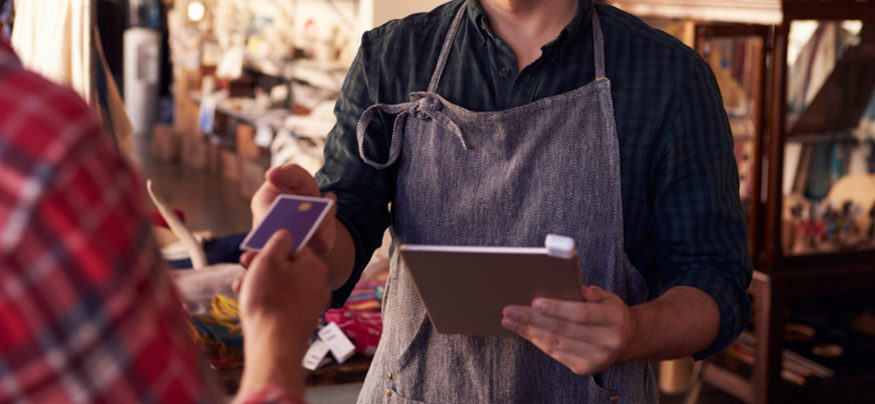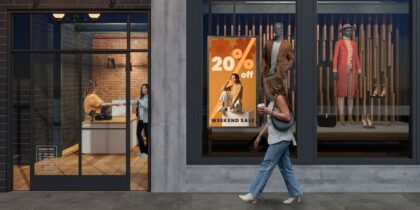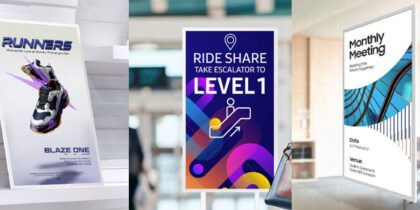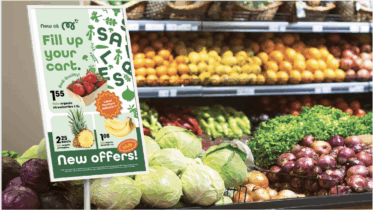Retailers that want to maximize sales at their physical locations and secure business for the future are turning to multichannel retailing, deploying the latest technology and integrating with inventory management and online systems. As we approach the height of the holiday shopping season, it’s critical to provide consumers across all channels with the best possible shopping experience.
Use of mobile devices, especially smartphones, while in-store is continuing to grow among shoppers, a factor that merchants must build into their multichannel retailing strategies — sooner rather than later. For retailers that have already built comparison shopping into their strategies, technology evolves quickly, so it’s a good idea to re-examine what’s in place, review how well it worked in the last holiday shopping season and consider how to improve efficiencies this year.
Mobile Results Are Powerful
According to a recent Adweek article that highlighted the growing use of smartphones at retail locations, more than three quarters (76 percent) of shoppers change their mind about which brand to purchase because of a Google mobile search. Additionally, about one quarter of U.S. mobile video viewers consulted YouTube before making a purchase while they were in a store or visiting a merchant’s website, and 76 percent of mobile users who searched locally for an item visited a related business within a day, with more than a quarter of these visits resulting in a purchase.
For these consumers, mobile knowledge is power. They can comparison shop while in the store, look up product specs and find complementary items such as peripherals for electronic devices. But even with all of this knowledge, they still look to sales associates as the experts.
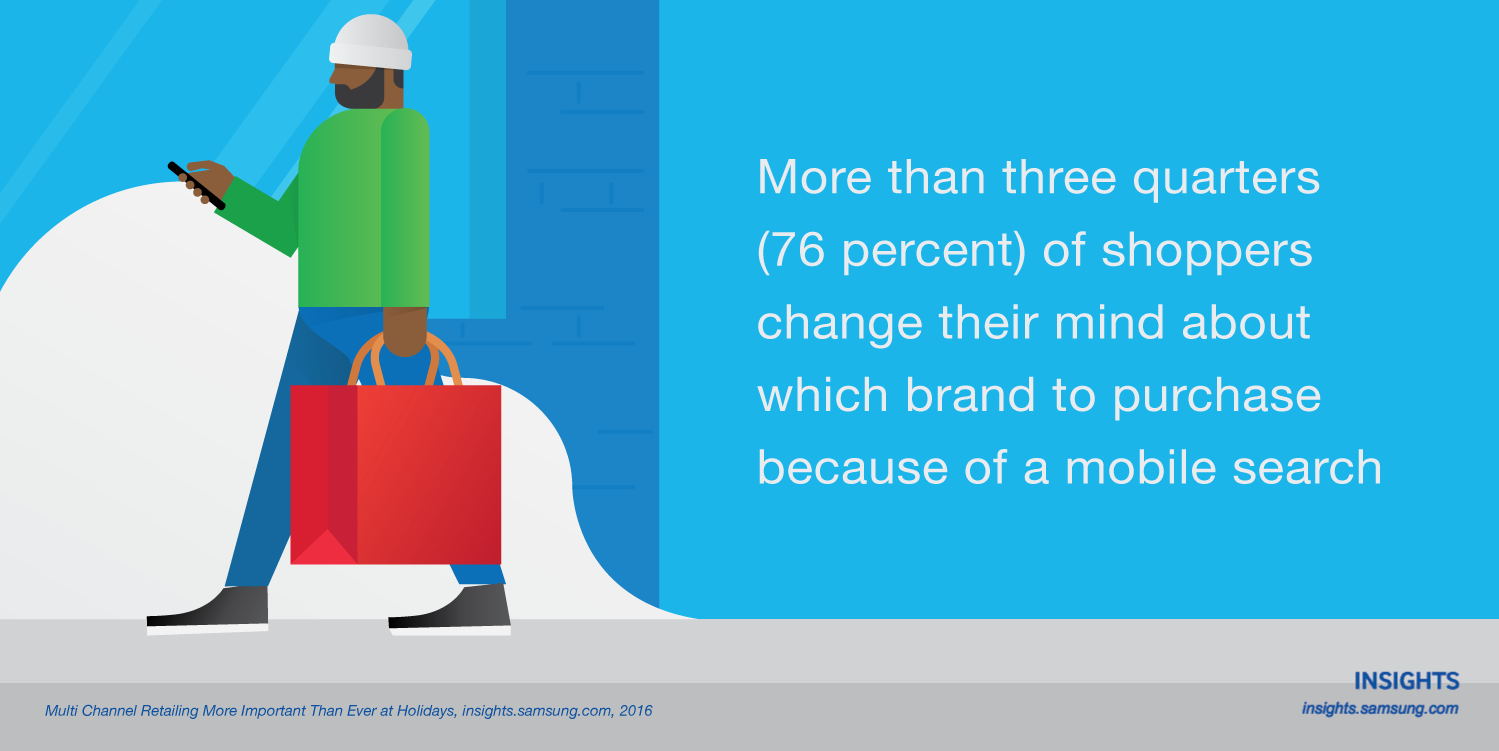
In-store Technology Boosts the Shopping Experience
Consumers expect sales associates to have at least the same level of product knowledge as they do, if not more, and to have detailed information about the availability of any item not on the shelves. Customers also expect retail associates to be able to quickly look up additional details such as product specs, ancillary products and warranties. If sales associates are unable to provide this information quickly, they’ll lose not only the immediate sale, but also future sales — the customer will find a store that does have the in-store technology to fulfill their needs. To address this issue, more sales associates are carrying tablets that allow them to instantly look up product details and share the information with customers. It’s especially important to ensure that retail associates have insight into inventory management systems so they can quickly provide customers with details about any items not currently on the shelves.
Millennials are shaping the future of retail.
Read this eBook to learn how to leverage technology to meet the needs of this generation. Download Now
Sales associates should also have access to mobile POS (mPOS) devices so that they can immediately process a sale as soon as a customer makes a decision — and before they have any second thoughts. Tablets work together with mPOS solutions to mobilize store associates and facilitate payment processing.
Another way for brick-and-mortar locations to attract new customers and keep old ones coming back is by implementing digital signage solutions inside and outside their stores. In addition to gaining shoppers’ attention, digital signage can inform them of promotions and offer product details and other helpful suggestions, such as substitutes for products that are out of stock.
With the holiday season moving into high gear, now is the time to add the technologies necessary to make your physical stores as efficient and profitable as possible. Unlike technologies of the past that took a long time to incorporate into operations, today’s tablets, mPOS devices and digital signage solutions are built to integrate seamlessly with your other systems to gain immediate benefits.
Find out here how retailers are using the tech trends listed above to boost sales on Black Friday.
